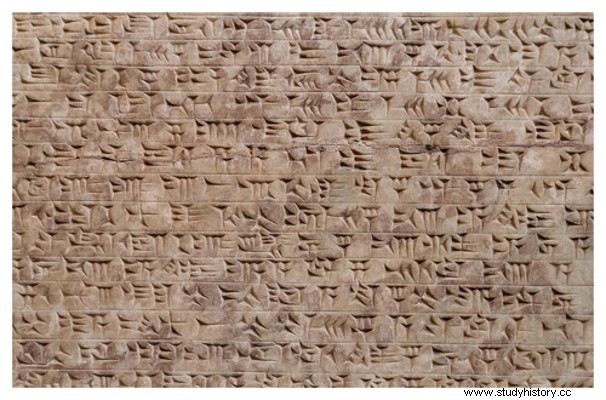
By Me. Cláudio Fernandes
The Sumerian civilization , like the Assyrians, Chaldeans and Babylonians, developed in the region of Mesopotamia , where present-day Iraq is located. Like the peoples of ancient Egypt, the civilizations of Mesopotamia were hydraulic, that is, their economic structure was structurally dependent on rivers. So much so that the term Mesopotamia means “land between rivers”. The rivers that cross this region are the Tigris and Euphrates.
The Sumerians were the first peoples to develop cities and build a civilization, around 3000 BC, around the fertile crescent of the Tigris and Euphrates rivers. These people became famous for having perfected the irrigation techniques of the rivers that fed their plantations and urban areas with population concentration. The Sumerian economy , therefore, was eminently associated with the administration of water resources.
The irrigation system favored agriculture and animal husbandry, and field work was predominantly collective. The animals that made up the creation were pigs, sheep, goats and cattle, the latter being also used for traction and transport. In addition to the economic activity of the countryside, there were also activities typical of cities, such as handicrafts and manufacturing.
In addition, with the development of cuneiform writing (a system of minting symbolic characters on clay plates), the Sumerians were able to better control and record the flow of surpluses that was produced in cities. So there was someone specifically in charge of managing this economic flow, the scribe , who mastered cuneiform writing.
